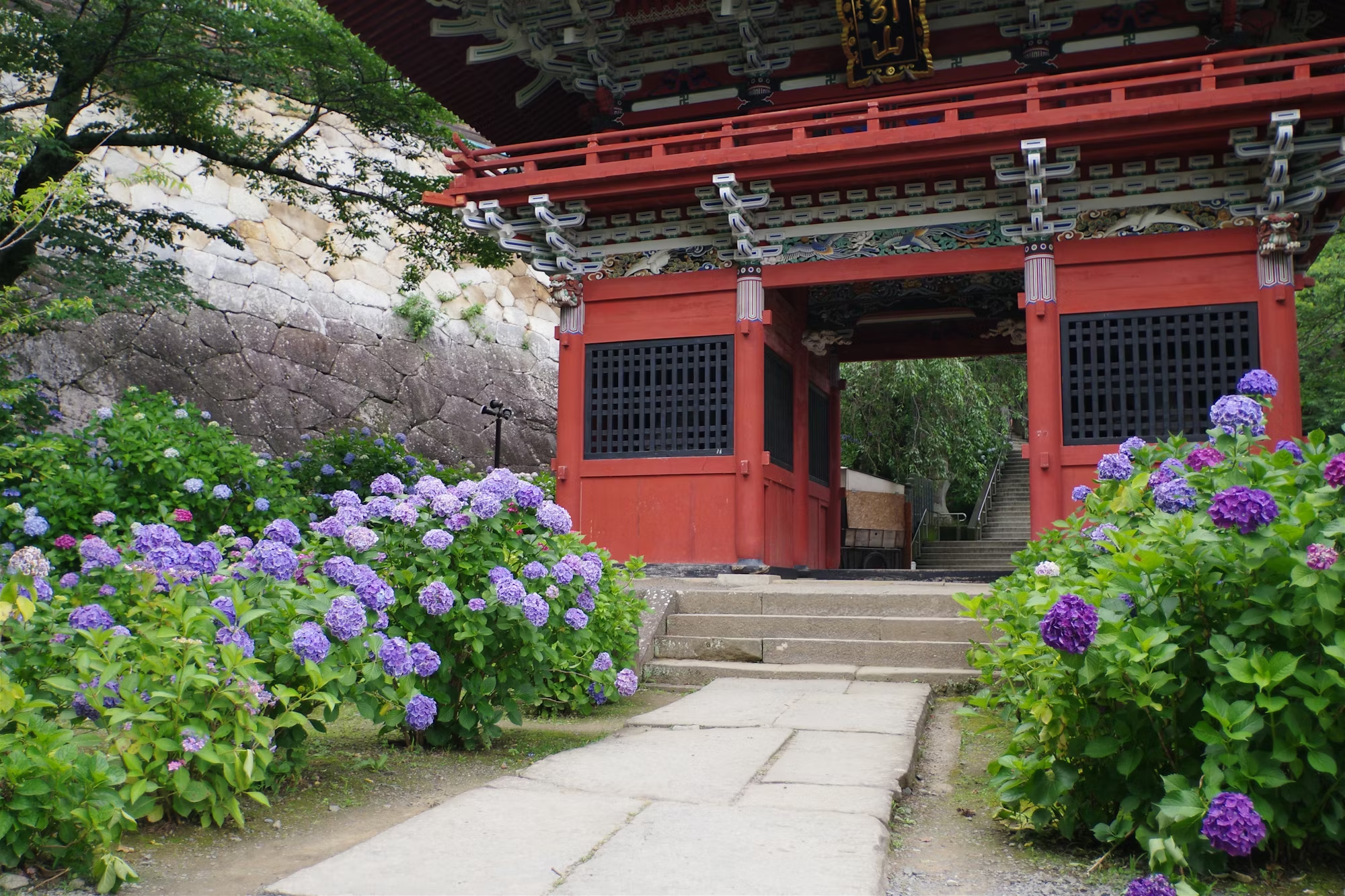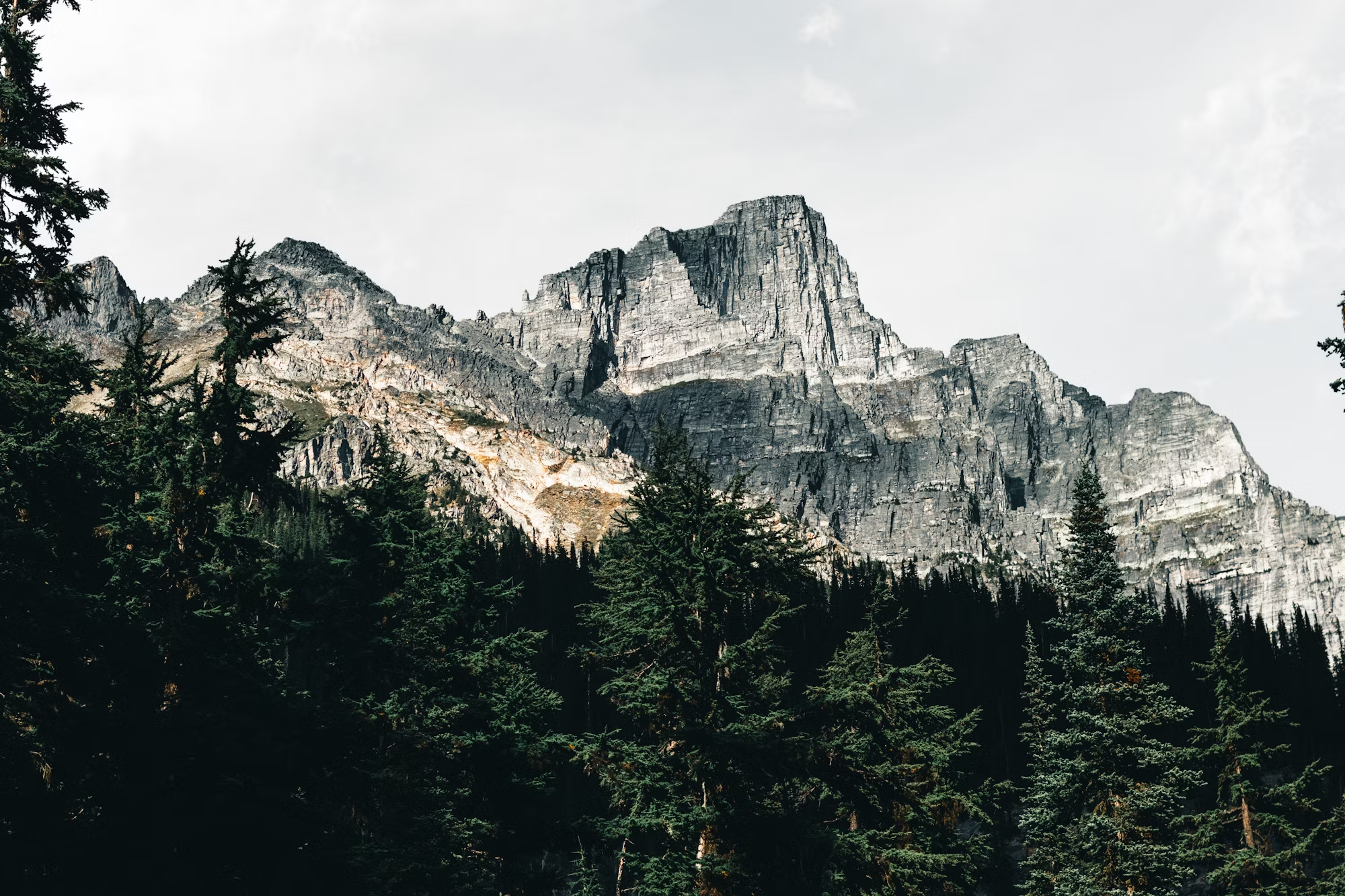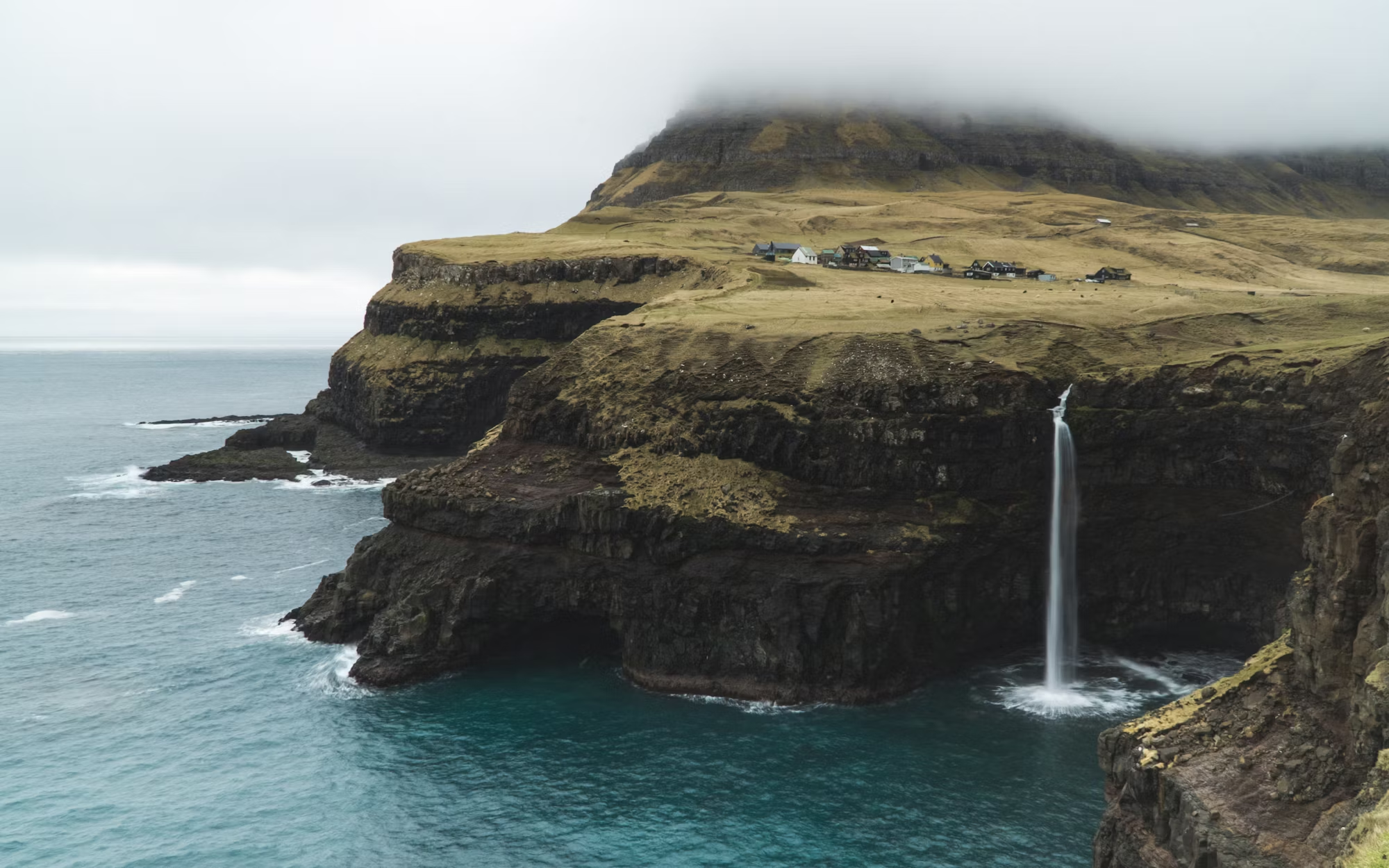In today’s world, the urgency to adopt sustainable living practices has never been more apparent. As we face the challenges of climate change, resource depletion, and environmental degradation, making conscious choices in our everyday lives can significantly impact the health of our planet. This article offers a comprehensive guide to sustainable living, highlighting practical steps individuals can take to reduce their ecological footprint and promote a greener future.
Sustainable living encompasses a wide range of practices aimed at minimizing harm to the environment while maximizing the well-being of individuals and communities. It is about making informed decisions that support ecological balance, social equity, and economic viability. By incorporating sustainability into our daily routines, we can collectively contribute to a more resilient planet.
One of the first steps towards sustainable living is reducing waste. In a society that often prioritizes convenience, it is essential to adopt practices that minimize single-use items. This can be achieved by choosing reusable alternatives for everyday products, such as water bottles, shopping bags, and food containers. Not only do these choices help decrease the amount of plastic waste ending up in landfills, but they also encourage a mindset of resourcefulness and conservation.
Composting is another effective way to reduce waste while enriching the soil. Instead of tossing food scraps and yard waste into the trash, consider creating a compost bin in your backyard or using a small composting system in your kitchen. Composting not only diverts organic materials from landfills but also produces nutrient-rich soil that can be used for gardening. This practice connects us to the natural cycles of growth and decay, reinforcing our relationship with the earth.
Energy consumption is another critical aspect of sustainable living. By making conscious choices about energy use, we can significantly reduce our carbon footprint. Simple actions such as turning off lights when not in use, unplugging electronics, and using energy-efficient appliances can lead to substantial energy savings. Additionally, consider exploring renewable energy options, such as solar panels or wind turbines, which can provide clean, sustainable power for your home.
Transportation choices also play a vital role in sustainable living. Reducing reliance on fossil fuels can be achieved by opting for public transportation, carpooling, biking, or walking whenever possible. Not only does this reduce greenhouse gas emissions, but it also promotes healthier lifestyles and encourages community engagement. For longer distances, consider using electric or hybrid vehicles that produce fewer emissions than traditional cars.
Another important aspect of sustainable living is conscious consumerism. By being mindful of the products we purchase, we can support businesses that prioritize sustainability and ethical practices. Look for products that are made from eco-friendly materials, produced locally, or certified organic. Supporting local farmers and artisans not only reduces the carbon footprint associated with transportation but also strengthens the local economy. Additionally, consider adopting a minimalist approach to consumption by prioritizing quality over quantity, which encourages thoughtful purchases that will last.
Incorporating sustainable practices into our diets is also crucial. The food we consume has a significant impact on the environment, from the resources required for production to the waste generated from packaging. Emphasizing plant-based meals can reduce the ecological footprint of our diets, as plant-based foods generally require fewer resources than animal products. Additionally, consider growing your own vegetables and herbs, which can be a rewarding and sustainable way to source fresh produce.
Water conservation is another essential component of sustainable living. Freshwater is a finite resource, and adopting habits that conserve water can help protect this vital asset. Simple practices such as fixing leaks, using water-efficient fixtures, and collecting rainwater for gardening can significantly reduce water usage. Being mindful of water consumption not only benefits the environment but also leads to cost savings on utility bills.
Education and community engagement are key to fostering a culture of sustainability. Sharing knowledge and resources with friends, family, and neighbors can inspire others to adopt sustainable practices. Consider hosting workshops or community events focused on sustainability topics, such as gardening, composting, or energy efficiency. Engaging with local environmental organizations can also provide opportunities to participate in community clean-up efforts, tree planting, and advocacy for sustainable policies.
As we navigate the journey towards sustainable living, it’s essential to acknowledge that change takes time. Adopting new habits and making lifestyle adjustments can be challenging, but every small step counts. Celebrate your progress, and remember that sustainable living is a continuous journey that requires commitment and perseverance.
In conclusion, sustainable living is about making intentional choices that benefit both the planet and its inhabitants. By reducing waste, conserving energy, making conscious consumer decisions, and fostering community engagement, we can contribute to a healthier, more sustainable world. Each individual’s efforts, no matter how small, can collectively lead to significant positive change. Embracing sustainability not only enhances our quality of life but also ensures a better future for generations to come. Let us take the necessary steps to become responsible stewards of our planet and inspire others to join us on this essential journey.









